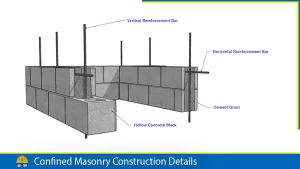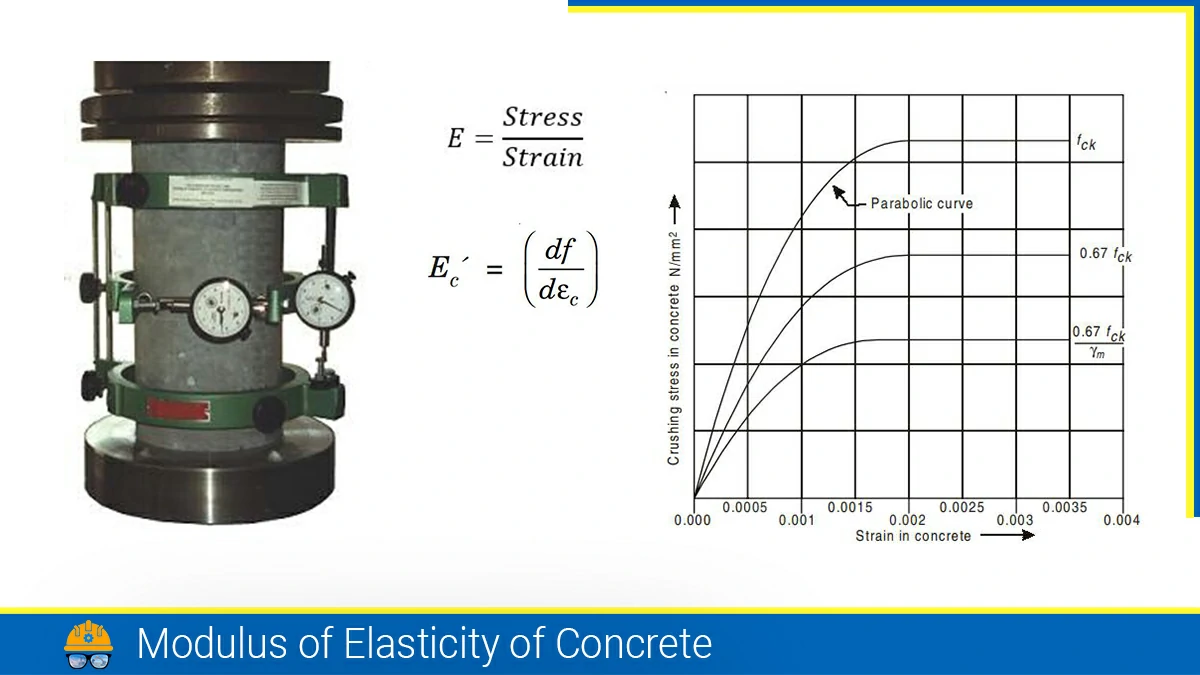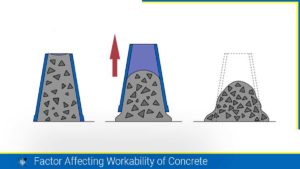The plaster finish is of several types which may be applied for improving the aesthetic of the building. Plastering is the process of covering the rough surface of walls, columns, ceilings and other building components with a thin layer of plastic mortars to form a smooth durable surface. The process of applying plastic mortar is known as plastering. Plastering is done on external and internal surfaces to render the finished surface. In this article, we shall see about the types of plaster finishes to pick the right type for your building and the infrastructure around it.
Types of Plater Finishes
Plaster surfaces may be finished in the following varieties:
- Smooth cast finish
- Sand faced finish
- Rough cast finish
- Pebble dash
- Depeter finish
- Scrapped finish
- Textured finish
Also, read: What is Mortar?: Types of Mortars and Their Application
Smooth Cast Finish
In the smooth cast plaster finish, a smooth, levelled surface is obtained. The mortar for the finish may be made of cement and fine sand in a ratio of 1 : 3. Mortar is applied with the help of a wooden float. Steel floats are not recommended for external renderings since they give a very smooth finish which is liable to cracking and crazing under exposure to atmospheric conditions.

Rough Cast Finish
In the roughcast plaster finish, the mortar of the final coat contains fine sand as well as coarse aggregate in the ratio of 1: 1.5 : 3 (cement: sand: aggregate). The coarse aggregate may vary from 3 mm to 12 mm in size. The mortar is dashed against the prepared plastered surface by means of a large trowel. The surface is then roughly finished using a wooden float. Such a finish is waterproof, durable and resistant to cracking and crazing, and may be used for external renderings.
Sand Faced Finish
This is obtained by plastering in two coats. The first coat is applied in 1: 4 cement sand mortar for 12 mm thickness. It is provided with zig-zag lines. After curing it for 7 days, the second coat is applied in a thickness of 8 mm. The mortar for the second coat is prepared from a cement sand mix ratio of 1: 1. The sand for this is perfectly screened so that uniform size is obtained. The sponge is used in the second coat when it is still wet.
The surface of the final coat is finished by rubbing clean and washed sand of uniform size by means of a wooden float. This results in the surface having sand grains of equal and uniform density.
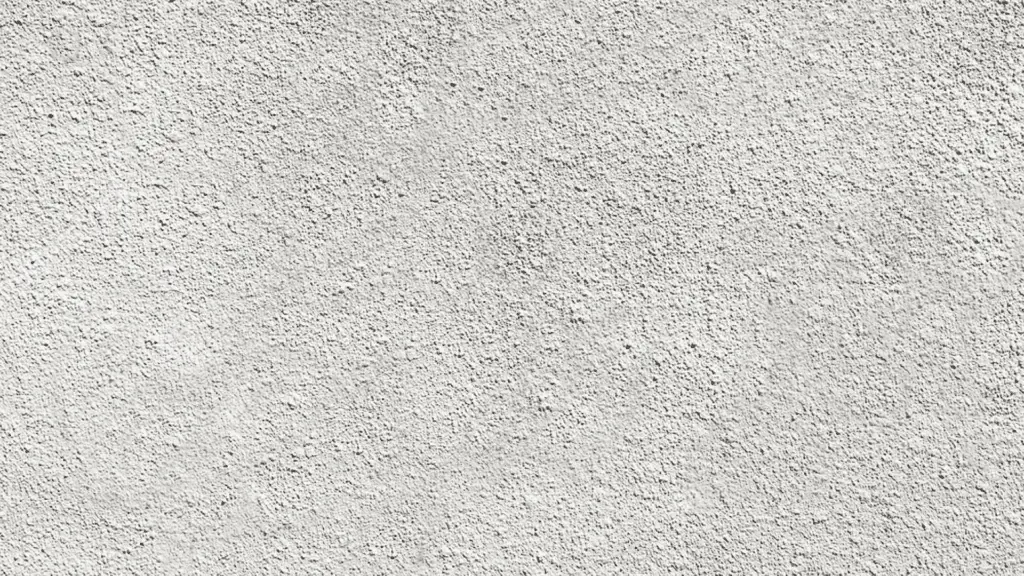
Also, read: Comparison of Brick Masonry and Stone Masonry
Pebble Dash or Dry Dash Finish
The final coat has a cement sand mix proportion of 1 : 3 and is applied in 12 mm thickness. Clean pebbles of size varying from 10 to 20 mm size are then dashed against the surface so that they are held in position. The pebbles may be lightly pressed into the mortar, with the help of a wooden float.
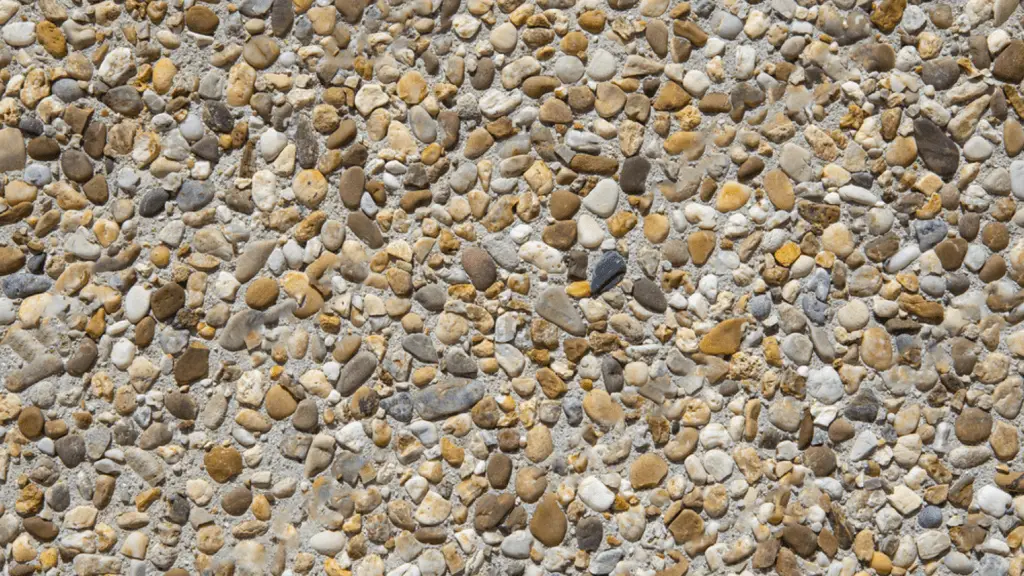
Depeter Finish
This is similar to a pebble dash finish in which the 12 mm coat is applied and while it is still wet, the pieces of gravel or flint are pressed with a hand on the surface. Flints of different colours may be used to obtain beautiful patterns.
Scrapped Plaster Finish
Scrapped plaster finish, the final coat of 6 to 12 mm thick is applied and after it has stiffened for a few hours, the surface is scrapped in patterns for a depth of 3 mm. For scrapping, steel straight edge, old saw blade or another tool may be used. Such a scrapped surface is less liable to cracks.
Also, read: What is Lime Mortar?
Texture Finish
This is used with stucco plastering. Ornamental patterns or textured surfaces are made on the final coat of stucco plastering, by working with suitable tools.
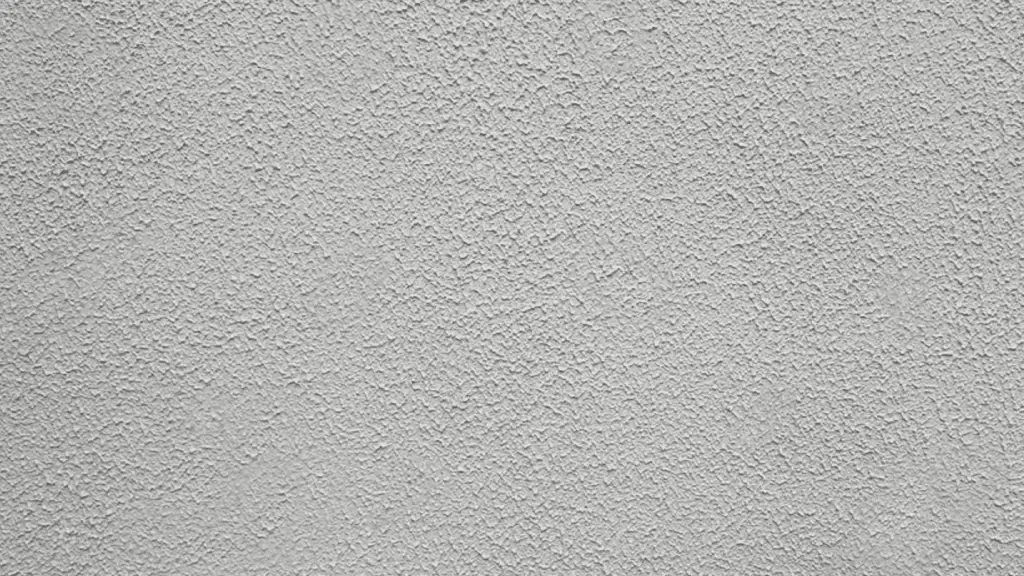
Also, read: Cement Mortar (CM): Its Property, Advantages & Usage
![]()





